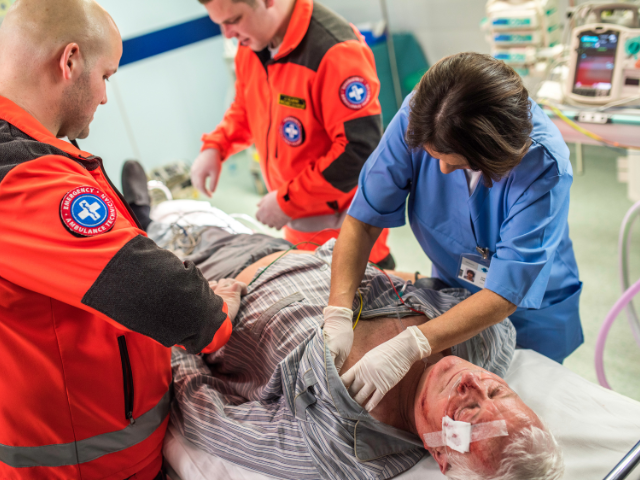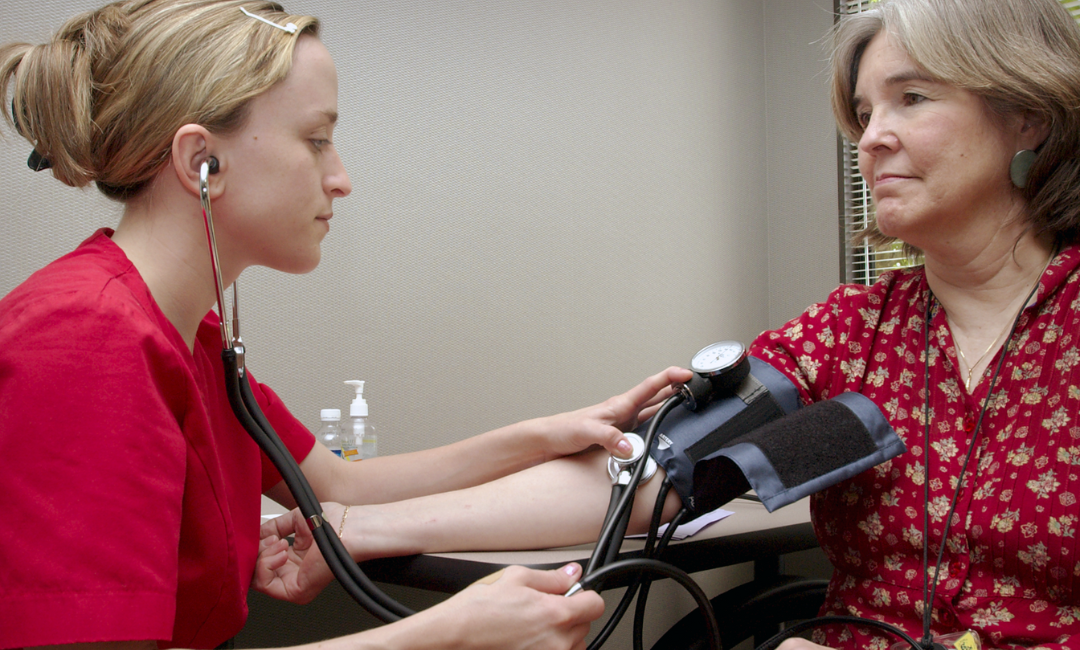The Bottom Line
The Trauma Nursing Process, developed by the ENA, serves as a valuable framework for nurses involved in the challenging field of trauma care. By following a systematic approach that includes scene size-up, primary and secondary surveys, ongoing assessment, effective communication, and patient advocacy, trauma nurses can optimize patient outcomes and contribute significantly to the well-being of trauma patients. Emphasizing patient-centered care, continuous monitoring, and compassionate support, the Trauma Nursing Process exemplifies the commitment of trauma nurses to provide exemplary care in times of crisis.








